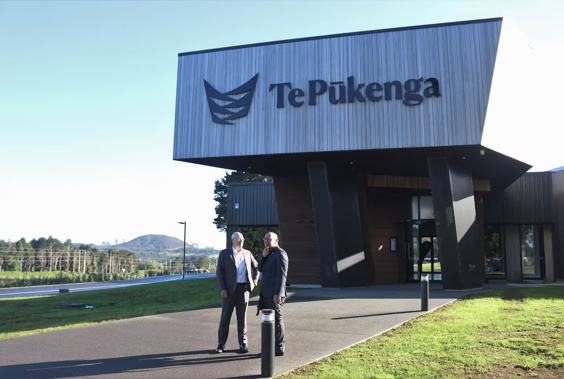
De-merging Te Pūkenga may negatively affect the Government’s bid to boost economic growth, with asset sales on the cards, according to Treasury officials.
Polytechnics are going back to a regional governance model from the start of next year following the disestablishment of the merged Te Pūkenga model.
A Treasury report, from 10 June this year, states changes to both provider-based and work-based learning over the transition will be “disruptive” despite transitional mitigations in place.
Officials warned learners who are most at risk - like those with low prior achievement, or located in regions with fewer education alternatives - are more likely to be impacted by the changes, with potential impacts on JobSeeker numbers.
“This could have a negative impact on the Developing Talent pillar of Going for Growth, which outlines ensuring learners can access relevant training and reducing your job seeker numbers as priorities,” the document states.
Minister for Vocational Education Penny Simmonds said any decisions to potentially sell “under-utilised or un-utilised physical assets” will be up to the Polytechnic Council.
“There is no Government-led programme of asset sales,” Simmonds assured.
On the going for growth aspect of the advice, the minister promised the reforms will deliver real skills, jobs, and value for learners, employers and the future of New Zealand.
Green Party tertiary education spokesman Francisco Hernandez told Newstalk ZB polytechs would still require ongoing support.
He said significant change had caused “fatigue” in the sector which people were “sick and tired” of.
Hernandez said advice showed the merger could make the financial situation the same, if not worse.
“It’s just really baffling they are continuing with these reforms.
“We’ve seen advice that this might actually increase the amount of people that will go onto the Jobseeker benefit.”
Simmonds said while Treasury and the Tertiary Education Commission rightly identified fiscal risks, the solution would be to complete reform properly, rather than delay it.
“The new regional polytechnic model, supported by Industry Skills Boards, will reduce long-term risk by ensuring that training is better aligned with employer demand, more financially sustainable, and regionally driven.”
A report from the Tertiary Education Commission, addressed to Simmonds as at July last year, noted a “high financial risk, but also the destabilisation of the vocational education system” if the merger wasn’t properly planned.
The document stated the establishment of independent entities would require recapitalisation “which will need to be funded by Te Pūkenga, the Crown and asset sales”.
Officials pointed to several sources of funding, which included asset sales.
The commission stated Te Pūkenga initially assessed about $131 million “can be realised through land and building asset sales” that are surplus to delivery needs across the former Institutes of Technology and Polytechnics network through to 2031.
It said this was a high-level estimate and more detailed work would be undertaken.
The commission said it would take some time to generate cash from such sales, so specific institutions may need additional funds before the process could be completed.
“It does, however, provide another avenue to support recapitalisation over the medium-term.”
An aide-memoire from November last year again reiterated concerns about financial viability.
Officials from the commission wrote for most institutions “it is a relatively high-risk pathway back to financial viability”.
On the specific concerns about finances, Simmonds said the Government acknowledged there have been, and still are in some cases, financial pressures within polytechs.
She said these reflected structural issues that were “worsened” by the centralised Te Pūkenga model which is being done away with.
“That’s why over the past 18 months TEC has put in financial advisors to ensure each polytechnic has a pathway to sustainability. It is also why we’re focused on reforming the system itself, not just increasing funding to a structure that wasn’t working.
“We can’t re-establish institutions that are not solvent. My expectations are clear — polytechnics will be stood up in a sound financial position, and they will need to maintain their financial sustainability," Simmonds said.
The commission said it had been working with each business division to implement financial improvement plans ahead of the model being implemented in January.
Budget 2024 provided a $157 million contingency fund to ensure financial sustainability where needed, alongside the Government’s $20 million annual fund over two years to support strategically important provisions.
Azaria Howell is a multimedia reporter working from Parliament’s press gallery. She joined NZME in 2022 and became a Newstalk ZB political reporter in late 2024, with a keen interest in public service agency reform and government spending.
Take your Radio, Podcasts and Music with you









